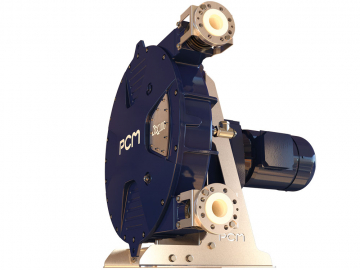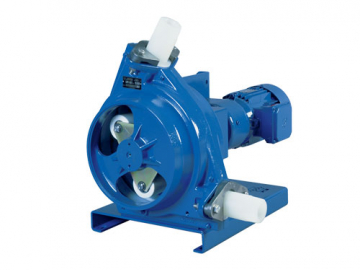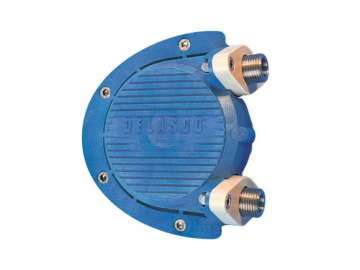Why choosing peristaltic pumps for industry applications?
Key features
Sometimes known as hose pumps, peristaltic pumps are positive displacement pumps, a variety of rotary pump containing a collection of rollers that constrict as the hose turns. Peristaltic pumps have acquired their name from the peristaltic principle. This involves the turning and squeezing of a malleable elastomer hose which allows liquids to be transferred through the system. There are a number of options available when it comes to peristaltic pumps. These are available in high and low pressure options with the additional opportunity to choose between different flow rates like continual distribution or the disbursement of smaller quantities.
Pump principle
Industry sector applications
Peristaltic pumps are a notable and flexible pump which functions across a range of uses in the industry sector. Boasting the ability to handle even highly volatile substances, peristaltic pumps are adept at dosing and transferring in the chemicals and environment industries.
Recommended uses
Due to their versatility, peristaltic pumps appear in a variety of industrial applications and are equipped for use with harsh, corrosive and fragile liquids. These pumps can also handle solid particles, and are designed for use with sewage or chemicals like strong disinfectants and chlorine.
Advantages
- No seal is needed to keep liquid within the tube so leakage is avoided
- As only the hose comes into contact with the product, there is only one wearing part
- Pump self-primes with no additional equipment required
- Functions on dry run without risk of damage and is able to perform at different speed settings
- Peristaltic pumps offer low LCC and simplified maintenance
Performances
- Pressure: up to15 bars
- Flowrate: from 10 l/h to 65 m3/h
- Viscosity: 40 000 cPo




